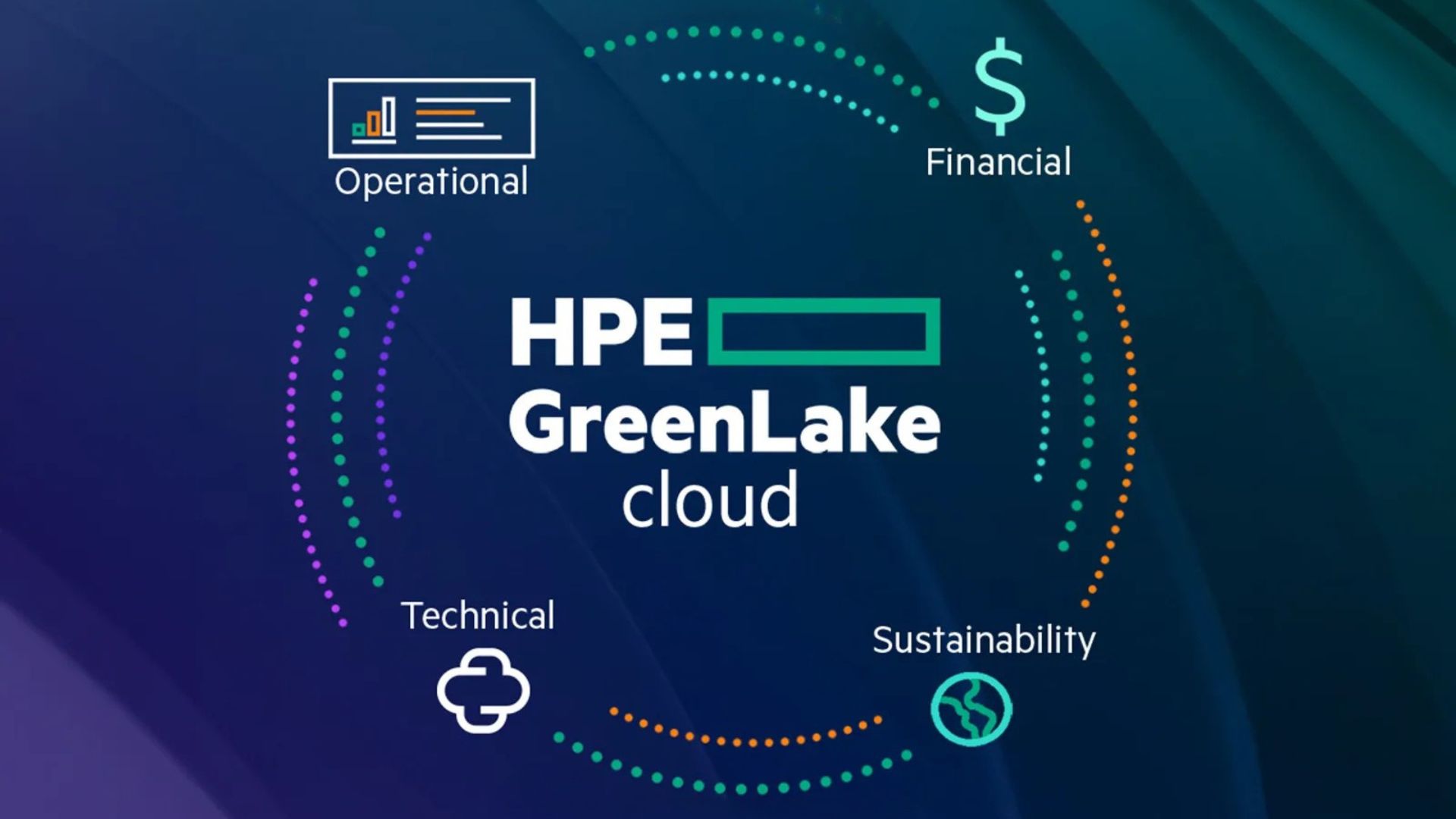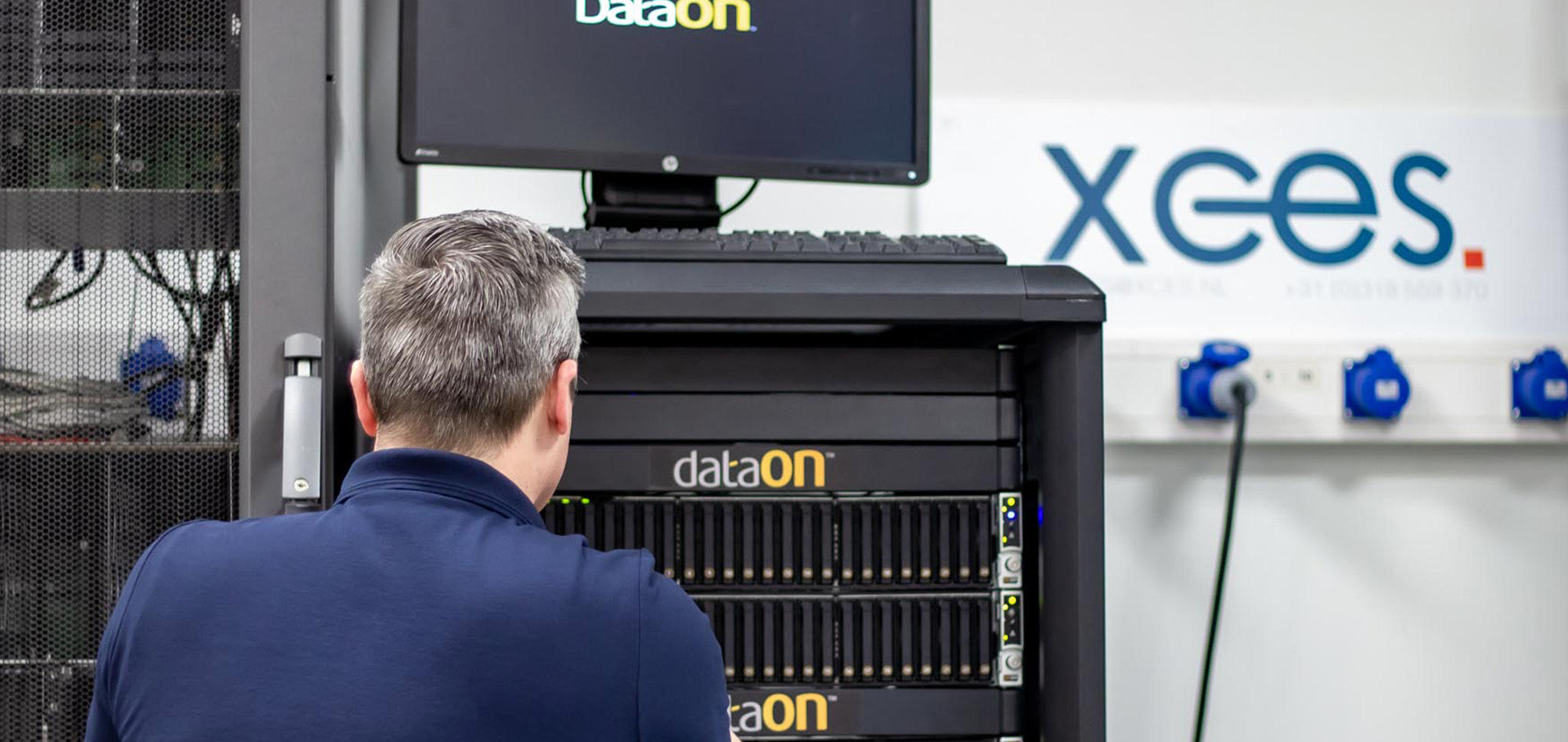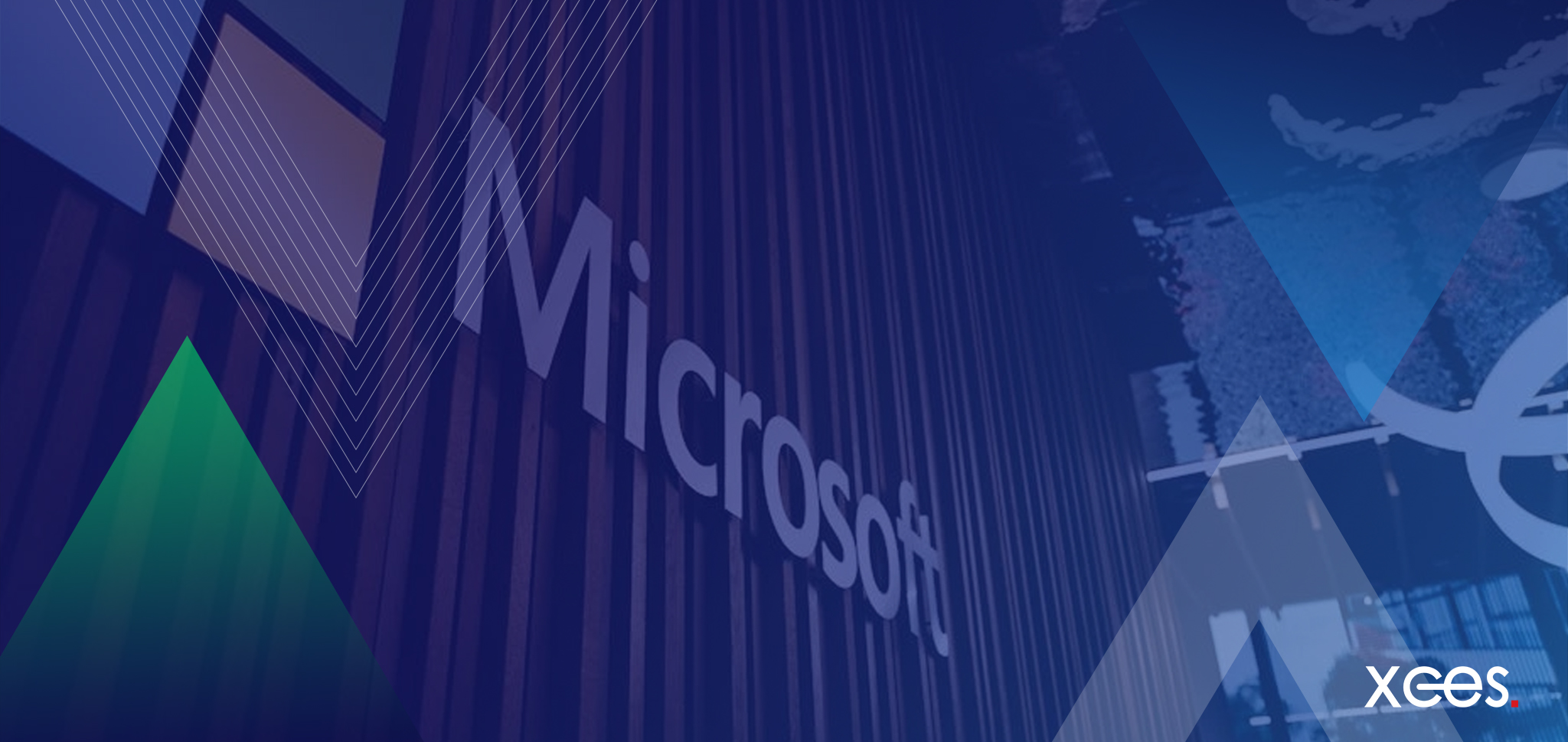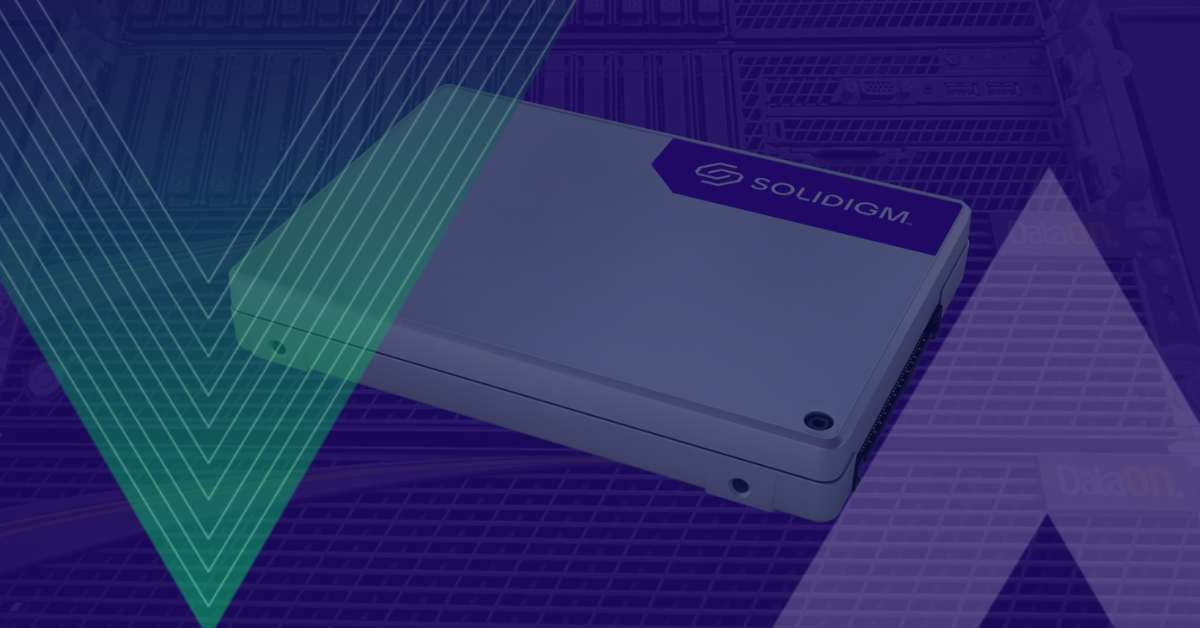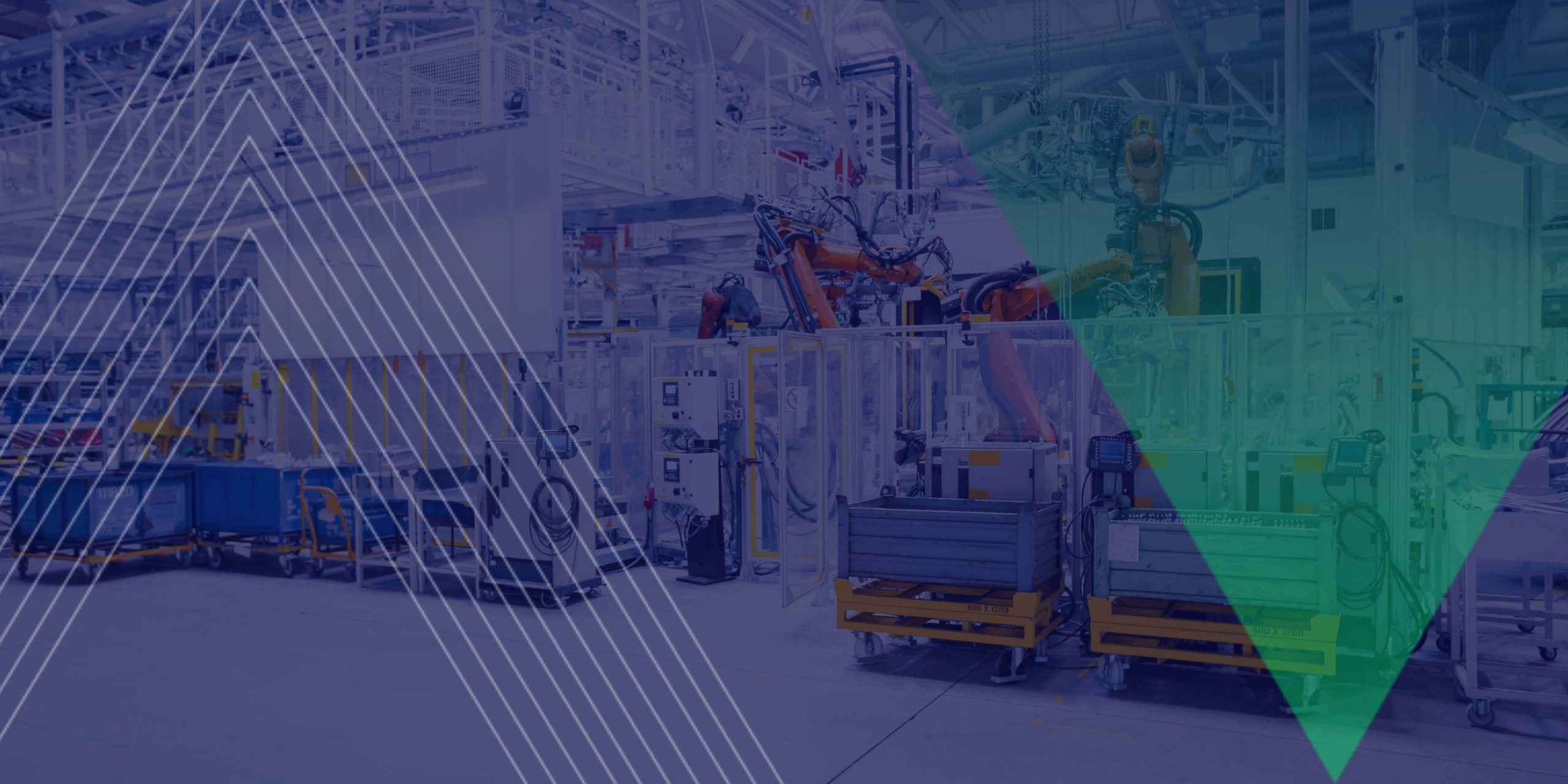De manier waarop bedrijven IT-infrastructuur inzetten, verandert in hoog tempo. Steeds vaker worstelen organisaties met stijgende cloudkosten, complexe IT-beheerprocessen en de vraag hoe ze flexibel kunnen blijven in een steeds digitaler landschap. Bij XCES ligt de focus op Azure Local als hybride cloudoplossing. Wij werken samen met verschillende leveranciers om validated en integrated hardware-oplossingen te […]
Door Howard Lo, Vice President Sales & Marketing bij DataON Met de recente rebranding van Azure Stack HCI naar Azure Local heeft Microsoft een nieuwe stap gezet om hybride cloudoplossingen opnieuw te definiëren. Bij DataON zijn we volledig toegewijd aan Azure Local, omdat wij geloven dat dit vandaag de dag de meest kosteneffectieve, schaalbare en […]
Microsoft heeft onlangs Azure Stack HCI omgedoopt tot Azure Local. Deze rebranding brengt niet alleen een kortere naam, maar symboliseert ook een bredere visie. Azure Local gaat verder dan hyperconverged infrastructuur (HCI) en biedt nu flexibele implementatieopties, variërend van edge computing tot grootschalige datacenters en zelfs volledig disconnected van Azure Cloud. Wat verandert er met […]
In de wereld van IT-infrastructuur en hybride cloudoplossingen zijn Microsoft Azure Local en VMware Cloud Foundation de twee prominente spelers. Hoewel beide platforms gericht zijn op het ondersteunen van moderne bedrijfsapplicaties, verschillen ze aanzienlijk in architectuur, functionaliteiten en strategische focus. In deze blog duiken we in de belangrijkste verschillen tussen deze twee technologieën. Architectuur en […]
Voor veel bedrijven die VMware gebruiken, lijkt migreren naar een ander platform een uitdagende stap. Toch kiezen steeds meer organisaties voor een overstap naar Microsoft Azure Local. Maar waarom lopen bedrijven die VMware gebruiken tegen moeilijkheden aan bij een migratie? En hoe ziet een succesvolle overstap eruit? Waarom willen organisaties die VMware gebruiken migreren? Hoewel […]
Hybride cloudoplossingen In de steeds veranderende wereld van digitale transformatie is flexibiliteit en schaalbaarheid cruciaal. Microsoft Azure Local biedt bedrijven een unieke kans om de kracht van de cloud te combineren met de controle en veiligheid van een eigen datacenter. Het resultaat is een toekomstbestendige hybride IT-oplossing waarmee organisaties hun infrastructuur kunnen moderniseren zonder concessies […]
Using a hybrid cloud gives you the benefits of flexibility, scalability, cost-effectiveness, better security and seamless integration. By combining the strengths of private and public clouds, companies can achieve an optimised IT infrastructure that meets their unique requirements. However, successful implementation requires careful planning, consideration of various factors and adherence to best practices. As the hybrid cloud landscape continues to evolve, organisations must stay abreast of emerging trends and technologies to realise the full potential of this transformative approach.
Traditional data center storage solutions have long favored read/write intensive triple-level cell (TLC) storage for applications like SQL Server, virtual desktop infrastructure (VDI), and more. However, new read-intensive technologies like artificial intelligence (AI), machine learning (ML), and analytics, as well as applications that read and write data at the source, like edge computing and Internet of Things (IoT), are driving IT professionals to deploy and performance tune a combination of TLC and more affordable, read-intensive, higher density quad-level cell (QLC) solid-state drives (SSDs) in their data centers [...]
Manufacturers are facing a lot of challenges in today's world, including ever-increasing costs, supply chain complexities, and the need for innovation to stay ahead of the competition. Fortunately, the Hybrid Cloud is helping manufacturers overcome these challenges by providing a flexible, scalable, and cost-effective solution that allows them to streamline operations, improve efficiency, and accelerate innovation. In this article, we will explore how Hybrid Cloud is revolutionizing the manufacturing industry [...]
Azure Virtual Desktop (AVD), formerly known as Windows Virtual Desktop, is a cloud-based desktop and application virtualisation service for Azure Stack HCI and others that provides a secure and scalable solution for remote working. It enables users to access virtualised desktops and applications from any location, on any device, with a trusted [...]


